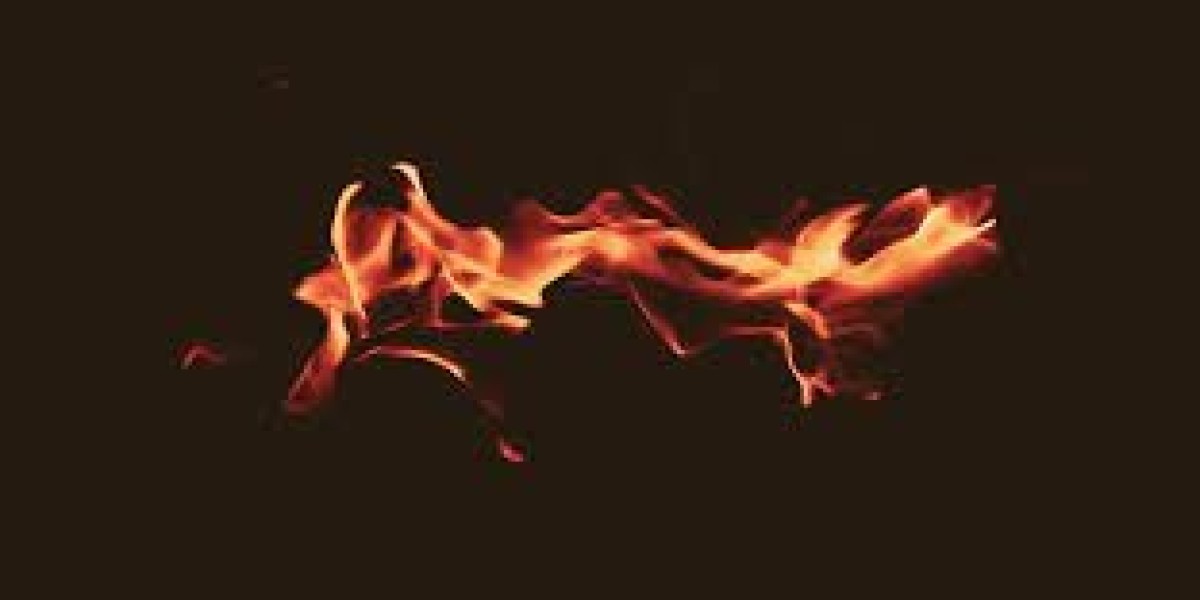In the ever-evolving world of visual effects (VFX), having the right tools is crucial for artists who aim to produce stunning, high-quality visuals. Flame FX software has become an integral part of the VFX industry, offering a wide range of features that enhance the creative process. This article explores the top Flame FX software available today, highlighting their unique features, strengths, and how they cater to the needs of visual effects artists.
1. Autodesk Flame
Overview
Autodesk Flame stands at the pinnacle of VFX software, renowned for its powerful 3D compositing, visual effects, and editorial finishing tools. It is a favorite among professionals for its comprehensive feature set and robust performance.
Key Features
- 3D Compositing and VFX: Flame offers advanced 3D compositing tools that allow artists to seamlessly integrate CGI elements with live-action footage.
- Editing and Finishing: Its timeline-based editorial tools are designed for fast-paced editing and finishing, making it ideal for both commercials and long-form content.
- Color Grading: With integrated color grading capabilities, Flame provides precise control over color correction and grading.
- Motion Graphics: The software includes tools for creating dynamic motion graphics, enhancing the visual storytelling process.
Strengths
- Integrated Workflow: Flame’s integrated workflow allows for smooth transitions between different stages of production, from editing to VFX and color grading.
- Real-Time Performance: The software is optimized for real-time performance, ensuring that artists can see their changes instantaneously.
- Comprehensive Toolset: Flame’s extensive toolset covers all aspects of post-production, making it a one-stop solution for VFX artists.
Use Cases
Autodesk Flame is widely used in high-end post-production houses and by independent artists for creating visual effects for films, television shows, and commercials. Its ability to handle complex VFX shots and integrate seamlessly with other Autodesk products makes it a versatile choice for professionals.
2. Blackmagic Design Fusion
Overview
Blackmagic Design Fusion is another top-tier VFX software, known for its node-based compositing system. It has been used in numerous blockbuster films and television series due to its powerful capabilities and user-friendly interface.
Key Features
- Node-Based Compositing: Fusion’s node-based approach provides a clear and flexible way to create complex visual effects by connecting different processing nodes.
- 3D Compositing: The software includes robust 3D compositing tools that allow artists to work with 3D models, particles, and other elements.
- Visual Effects: Fusion offers a wide range of effects, including keying, tracking, stabilization, and rotoscoping.
- Integration: It integrates well with other software in the post-production pipeline, such as DaVinci Resolve for color grading.
Strengths
- Flexibility and Control: The node-based system offers unparalleled control over the compositing process, allowing artists to fine-tune every aspect of their work.
- Cost-Effective: Fusion is available at a relatively lower price point compared to other high-end VFX software, making it accessible to a broader audience.
- Powerful Rendering: The software’s rendering engine is optimized for high performance, ensuring quick processing of complex scenes.
Use Cases
Fusion is used by VFX artists in film, television, and commercial production. Its node-based compositing system is particularly favored for complex VFX shots that require intricate layering and control.
3. Nuke by Foundry
Overview
Nuke by Foundry is a leading compositing software used extensively in the VFX industry. Its robust feature set and industry-standard tools make it a go-to choice for many visual effects artists.
Key Features
- Advanced Compositing: Nuke’s powerful compositing tools include rotoscoping, keying, and color correction, allowing for precise control over visual elements.
- 3D Workspace: The software features a full 3D workspace, enabling artists to create and manipulate 3D elements within their compositions.
- Collaborative Workflow: Nuke supports a collaborative workflow, allowing multiple artists to work on the same project simultaneously.
- Extensive Plugin Support: The software supports a wide range of plugins, extending its functionality and allowing for customized workflows.
Strengths
- Industry Standard: Nuke is widely regarded as the industry standard for VFX compositing, trusted by top studios around the world.
- Scalability: The software is highly scalable, suitable for both small-scale projects and large, complex productions.
- Customization: With extensive scripting and customization options, Nuke can be tailored to fit the specific needs of any production pipeline.
Use Cases
Nuke is used in a variety of high-end VFX projects, including feature films, television shows, and commercials. Its robust toolset and flexibility make it ideal for creating complex visual effects and integrating them seamlessly into live-action footage.
4. After Effects by Adobe
Overview
Adobe After Effects is a versatile software widely used for motion graphics, compositing, and visual effects. Its integration with other Adobe products and user-friendly interface make it a popular choice among artists.
Key Features
- Motion Graphics: After Effects excels in creating dynamic motion graphics, with a wide range of tools and presets available.
- Compositing: The software includes comprehensive compositing tools, such as keying, tracking, and masking.
- Integration: After Effects integrates seamlessly with other Adobe products, such as Photoshop and Premiere Pro, facilitating a smooth workflow.
- Extensive Plugin Ecosystem: A vast ecosystem of plugins and scripts extends the functionality of After Effects, allowing for endless creative possibilities.
Strengths
- User-Friendly Interface: After Effects is known for its intuitive interface, making it accessible to beginners while still powerful enough for professionals.
- Creative Freedom: The software provides a wide range of tools and effects, allowing artists to experiment and push the boundaries of their creativity.
- Community and Resources: A large user community and extensive online resources, including tutorials and plugins, support artists in learning and mastering the software.
Use Cases
After Effects is widely used in the creation of motion graphics, title sequences, and visual effects for films, television, and web content. Its versatility and ease of use make it a favorite among both independent artists and large production studios.
5. Houdini by SideFX
Overview
Houdini by SideFX is a high-end 3D animation and VFX software known for its procedural generation capabilities. It is particularly popular for creating complex simulations and effects.
Key Features
- Procedural Workflow: Houdini’s node-based procedural workflow allows artists to create intricate and dynamic effects, such as fluid simulations, particle effects, and destruction sequences.
- 3D Modeling and Animation: The software includes advanced tools for 3D modeling, rigging, and animation.
- Simulation Tools: Houdini excels in creating realistic simulations, including fire, smoke, water, and crowds.
- Customizable: The software is highly customizable, with support for scripting and extensive plugin options.
Strengths
- Procedural Generation: Houdini’s procedural approach provides unparalleled flexibility and control, enabling artists to create highly detailed and dynamic effects.
- Advanced Simulations: The software is renowned for its simulation capabilities, making it the go-to choice for effects involving complex physical phenomena.
- Integration: Houdini integrates well with other 3D and compositing software, facilitating a seamless production pipeline.
Use Cases
Houdini is used extensively in film, television, and gaming for creating high-quality visual effects and simulations. Its procedural workflow makes it ideal for projects that require intricate and repetitive effects.
Conclusion
Choosing the right Flame FX software is crucial for visual effects artists looking to bring their creative visions to life. Each of the software options discussed above—Autodesk Flame, Blackmagic Design Fusion, Nuke by Foundry, After Effects by Adobe, and Houdini by SideFX—offers unique features and strengths tailored to different aspects of the VFX process. Whether you need advanced 3D compositing, motion graphics, or complex simulations, these top Flame FX software packages provide the tools necessary to achieve stunning visual effects. By understanding their capabilities and how they fit into your workflow, you can make an informed decision and elevate the quality of your visual effects projects.








